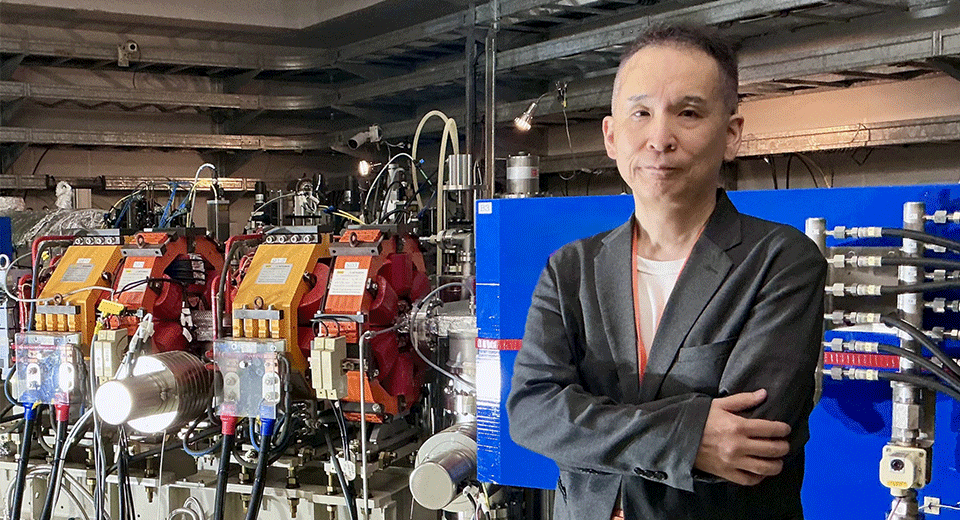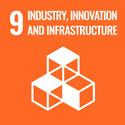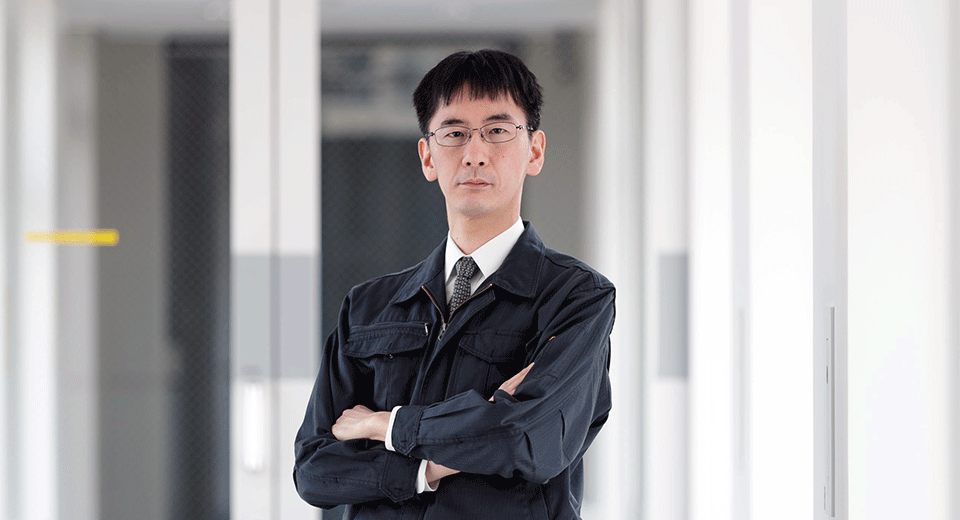




Laboratory of Advanced Science and Technology for Industry
Professor Satoshi Hashimoto
When the orbit of electrons moving at nearly the speed of light is bent by a magnetic field, extremely bright light in the X-ray region—known as synchrotron radiation—is emitted.
Accelerating electrons requires a large-scale accelerator, and our laboratory operates the New SUBARU electron accelerator, the largest of its kind among Japanese universities.
Through stable operation and advancement of the accelerator, we promote cutting-edge research and industrial applications using synchrotron radiation.
In addition, we conduct research in accelerator science, including the development of novel light sources using relativistic electron beams and the generation of laser Compton scattering (LCS) gamma rays.



Graduate School of Information Science
Associate Professor Hiroaki Ohshima
Acquiring information is of great importance in today\'s society. Our laboratory researches information retrieval technologies that respond to the diverse search intents of users. For example, in the case of electronic guides in museums, we support deeper learning by individually recommending exhibits based on visitors\' interests and behavior history. By presenting information from various perspectives in response to search queries, we aim to reduce the disparity in information access and create an environment where everyone can reach information that suits them.



School of Science
Professor Mito Takeshi
The properties of many materials are determined by the state of the electrons they contain. One of the themes we have been intensively researching recently is Dirac electrons, which are considered to have zero mass and are expected to be applied in future low-power devices and quantum computers. Our research group was the first in the world to reveal, through nuclear magnetic resonance (NMR) experiments using superconducting magnets, that Dirac electrons emerge when black phosphorus, an allotrope of phosphorus, is pressurized.
Other goal initiatives can be found in the list here.